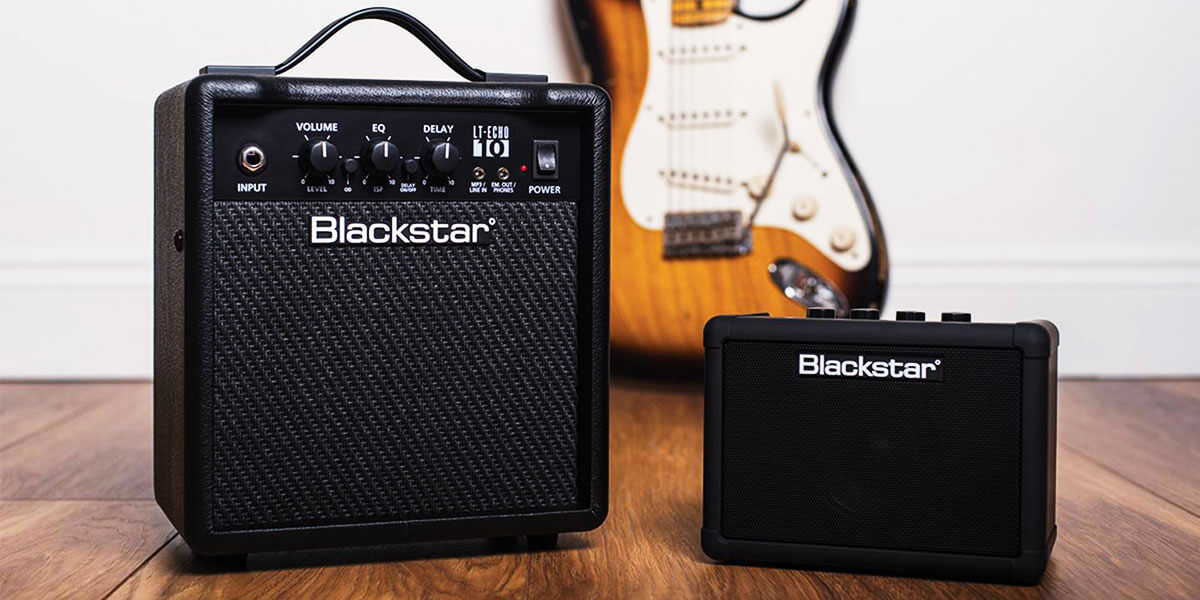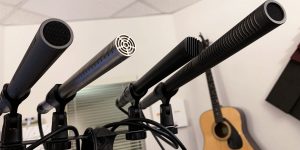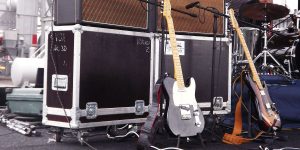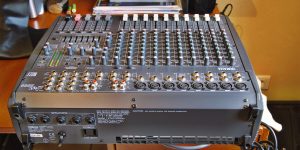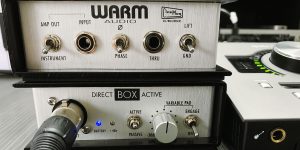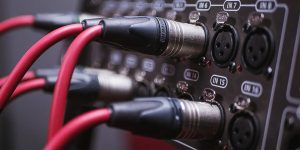You’re not alone if you’ve ever found yourself lost in the guitar gear world. That’s why experts like me try to help newcomers in such matters. Today, we’re diving into the age-old debate: amp vs. cabinet. This interesting question is controversial not only for young musicians but sometimes for seasoned professionals as well.
Whether you’ve been playing music for years or are just starting out, it’s important to know the purpose of each component to achieve the sound you want. Let’s explore the distinctions together and empower you to make a smart choice for a rocking experience!
The role of the guitar amplifier (Amp)
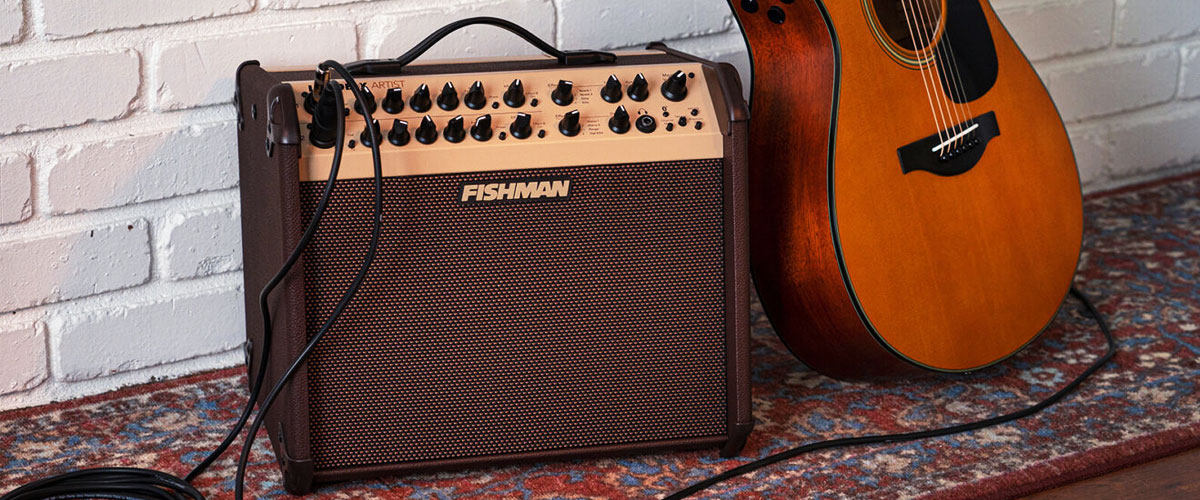
At its core, a guitar amplifier is like the secret sauce behind your instrument’s sound. It takes the tiny electric signals generated by your guitar pickups and pumps them up to audible levels.
Amps do much more than just make your guitar louder. They shape the tone, volume, and character of your sound. Whether you crave warm and vintage vibes or crisp and modern tones, your amp is your trusty sidekick in achieving it. Adjusting settings like gain, EQ, and effects allows you to customize your sound to suit your unique style.
Now, let’s talk types. There are three main categories of guitar amps: tube, solid state, and modeling. Tube amps deliver that classic warm sound with natural distortion, often favored by blues and rock players. Solid-state amps are reliable workhorses known for their clarity and efficiency. Modeling amps are like chameleons, emulating various amp types and effects, perfect for versatile players.
What is a guitar stack?
In a nutshell, guitar amps stacks are the powerhouse behind that iconic rock ‘n’ roll sound. It’s composed of two key elements: a guitar amp head and a speaker cabinet (or just “cabinet” for short).
The amp head is where the magic happens. It’s the brains of the operation, amplifying your guitar’s signal and shaping your tone. Here’s the deal: there are tube amp stacks known for their top-tier sound quality, but they can be bulky, heavy, and pricey. These are the go-to choice for live performances and are considered “pro” gear.
On the other hand, there are solid-state amp stacks, which are more portable and budget-friendly, but they may not have that warm tube sound. The choice between tube and solid-state depends on your preferences and needs, as well as your choice of guitar cabinet vs. amp to complete your setup.
A cabinet is like the speaker’s home. It’s where the sound comes to life. Picking the right cabinet to match your amp head is crucial. They must be compatible regarding impedance and power so they work together seamlessly.
Different types of amplifier heads
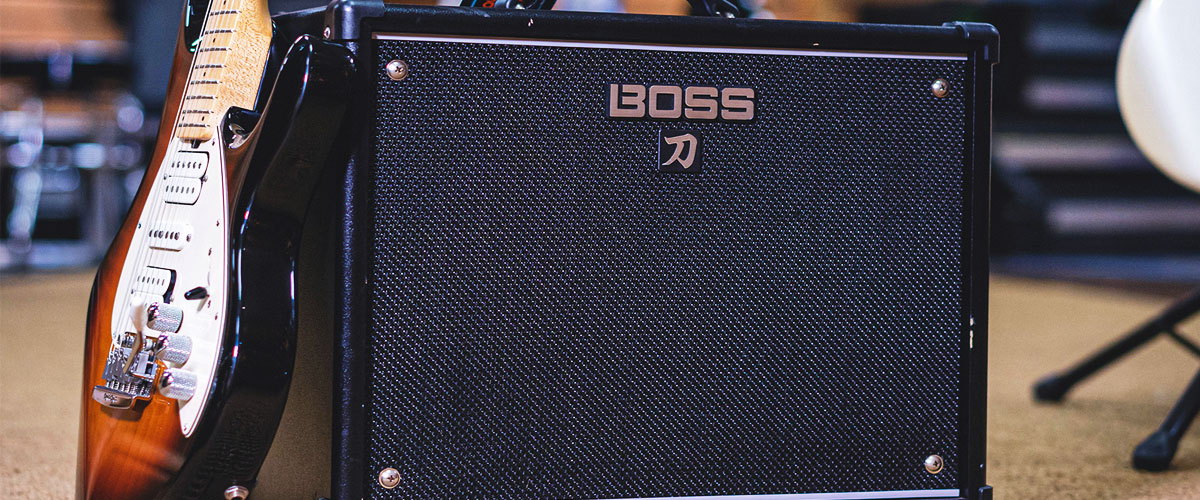
Tube amplifiers (tube amps)
Tube amps are like the vintage classics of the amplifier world. They use vacuum tubes to amplify your guitar’s signal, delivering a warm, organic, and harmonically-rich sound. When you crank up the gain, they produce that creamy distortion we all love. Perfect for blues, classic rock, and anyone seeking that classic amp sound.
Solid state amplifiers
Solid-state amps are reliable workhorses. They use transistors for amplification and are known for their durability and low maintenance needs. They tend to be lighter and more budget-friendly, making them a great choice for gigging musicians looking for a practical and dependable option.
Digital simulation amplifiers
Digital modeling amps are the chameleons of the bunch. They use digital signal processing (DSP) to mimic the sounds of various amps and effects. They’re incredibly versatile, offering a wide range of tones from vintage classics to modern high-gain sounds. Plus, they often come with built-in effects for added convenience.
The speaker cabinet – a vital component of a guitar stack
Let’s take a look at the basic aspects of this subject area:
- Speaker configuration: Cabinets come in various setups, like 1×12, 2×12, 4×12, etc., indicating the number of speakers they house.
- Speaker size: Different cabinets host speakers of varying sizes – 8″, 10″, 12″, or 15″ in diameter. Each size delivers a unique sonic character.
- Enclosure design and material: Cabinets feature diverse designs and materials like plywood, MDF, or solid wood. These choices impact resonance and tonal qualities.
- Cabinet design: Cabinets can be closed, open, or ported, affecting bass response and projection characteristics.
What is a combo amp?
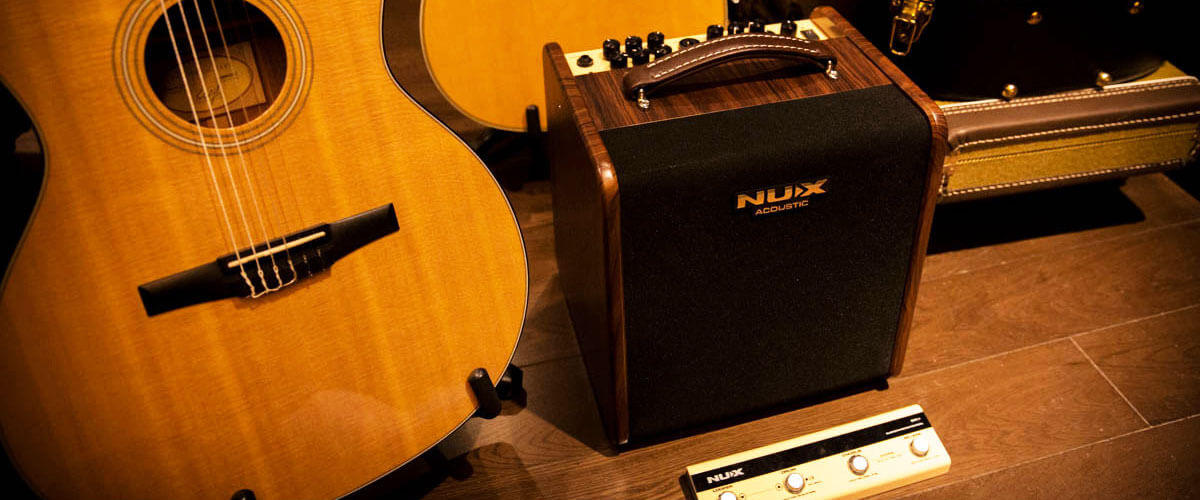
A combo amp, short for combination amplifier, is like the Swiss Army knife of the music world. It’s an all-in-one package that houses both an amplifier and a speaker system in a single unit or cabinet. Instead of the traditional setup where you have an amp head and cabinet separately, a combo amp streamlines things, making it super convenient for musicians.
Components of a combo amp
- Amplifier: The heart of your combo amp, this section boosts your guitar’s signal and sculpts its sound. Tweaking amp settings can drastically alter your tone, from clean to crunchy or even face-melting distortion.
- Speaker: Built right into the combo amp, the speaker(s) project your amplified sound. Combo amps are all-in-one, making them portable and convenient for gigs.
- Controls: The control panel on your combo amp is your command center. Adjust knobs for volume, tone, and built-in effects, tailoring your sound to perfection.
- Inputs/outputs: Plug into the guitar input jack and explore added features like headphone jacks, auxiliary inputs for jamming along, and effects loops for pedal enthusiasts.
Advantages of a combo amp
When it comes to the combo amp vs head battle, the first ones shine in several key areas.
- Portability: Combo amps are your musical travel buddies. Compact and lightweight, they’re a breeze to carry to gigs and jam sessions.
- Simplicity: Forget the hassle of juggling separate amps and speaker cabinets. Combo amps are an all-in-one solution, simplifying your setup and saving you precious time.
- Affordability: Your wallet will thank you! Combo amps are often more budget-friendly compared to buying individual components, giving you great sound without breaking the bank.
- Ease of use: Whether you’re a beginner or just prefer a straightforward setup, combo amps are incredibly user-friendly. Plug in, play, and enjoy your music.
- Practice-friendly: Need to practice quietly? Many combo amps come with headphone outputs, allowing you to rock out without disturbing the neighbors.
Common applications
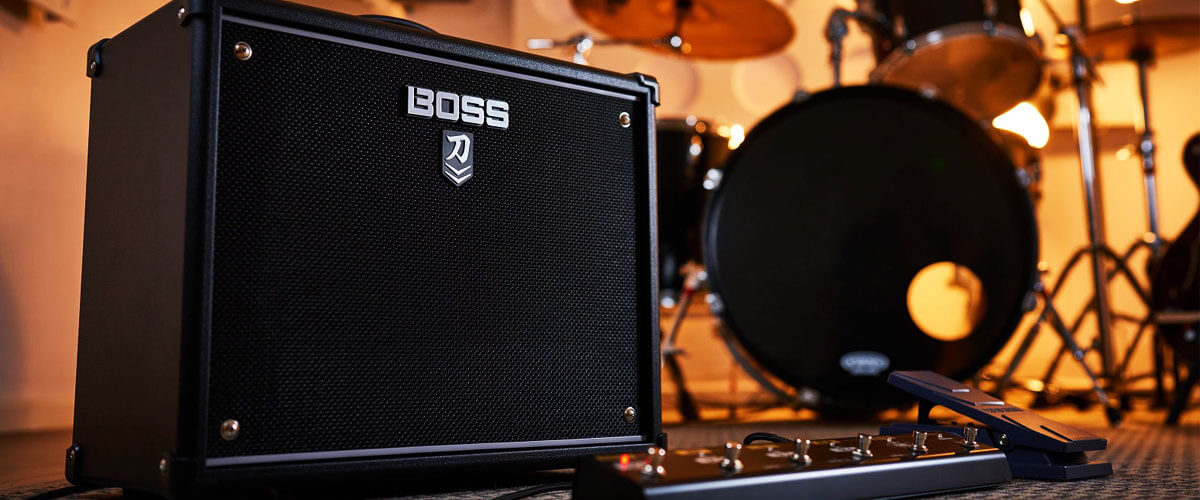
- Practice and small performances: Combo amps are your go-to choice when you’re honing your skills or jamming with friends in intimate settings. Compact, portable, and powerful, they’re perfect for small venues like clubs, cafes, or rehearsal spaces.
- Recording: If you’re laying down tracks in the studio, combo amps are your trusty sidekick. Their stable sound and versatility make them a favorite among recording musicians.
- Home use: Need to keep the noise down at home but still want to rock out? Combo amps are the answer. They offer enough volume for personal practice sessions without disturbing the neighbors.
Combo AMP vs stack – resume
In conclusion, the choice ultimately depends on your playing style and needs when it comes to the eternal debate of combo amp vs stack. Combo amps provide convenience and portability for musicians who are frequently on the move. They are also a great choice for those with limited space or just starting out. However, for guitarists who desire the ultimate sonic experience, stacks offer unparalleled power and versatility. With earth-shaking volume and tone customization capabilities, stacks are the perfect ally for those seeking the ultimate sound.
So, assess your requirements, consider your playing scenarios, and let that guide your decision between a trusty combo amp and a mighty stack.

